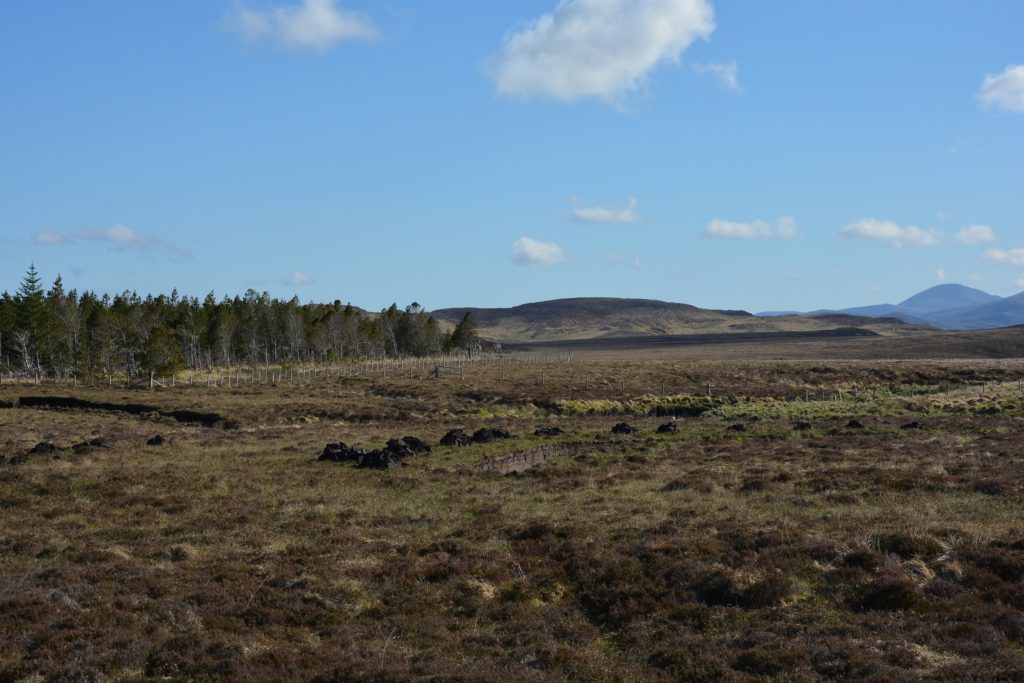Afforestation has been a major driver of drainage and land use change on Irish peatlands as peat soils account for 38.7% of forests, according to associate professor at the University of Limerick, Dr. Kenneth A. Byrne.
When assessing the role of forests in carbon sequestration, he said, it must be considered whether the losses of soil carbon from peatland drainage are compensated by carbon sequestered by trees.
Sustainable forest management can balance the use of wood and the potential of forests to become long-term carbon sinks, Dr. Byrne told the Joint Committee on Environment and Climate Action today (Tuesday, November 22).
Peatlands cover between 20% and 25% of the Irish landscape and contain two thirds of national soil carbon stocks. While undrained peatlands are long-term carbon sinks, they are also sources of methane, according to Dr. Byrne.
However, due to drainage and land use change, peatlands can turn into a carbon source. Recent research has concluded that forested-blanket peatlands emit 1.68t of carbon dioxide (CO2)/ha/year, he added.
Afforested peatland
A recent study on Coillte forests found that the rewetting of 8,000ha of low-productivity peatland forests would have little short-term benefits in terms of climate mitigation.
When including emissions due to deforestation, rewetting emits between two and five times more CO2 than the reduction in soil emissions, which Dr. Byrne said suggests that the short-term benefits of rewetting are negative.
He added that in terms of Global Warming Potential (GWP) over the full-time series of the study (2021-2100), there is no climate mitigation benefit due to the greater warming potential of methane.

However, losses of soil carbon may be partially or wholly compensated through carbon uptake by trees, with more compensatory capacity for high-productivity forests, he said.
Carbon sequestration
There have been very few studies of the effect of rewetting on greenhouse gas (GHG) exchange in forested peatlands in Ireland, and it may take several years for the emissions reduction benefit of rewetting to occur, according to Dr. Byrne.
There are also likely to be forested peatlands where rewetting is desirable from a climate perspective, but this is technically difficult to achieve due to site-specific factors such as drainage, hydrology or land use in adjacent areas, he explained.
Ireland’s forest estate needs to be diversified through rewetting of peat soils, semi-natural woodland on peat soils, diversifying species composition, and adopting new silvicultural systems such as continuous cover forestry, Dr. Byrne said.
“However, such changes should be informed by interdisciplinary research that facilitates understanding of the impact of such changes on the full suite of economic, social and environmental services of our forests.
“This is essential if we are to harness the climate mitigation potential of our forests, not just in sequestering carbon in forest ecosystems but also in providing renewable material for construction and energy,” Dr. Byrne said.
